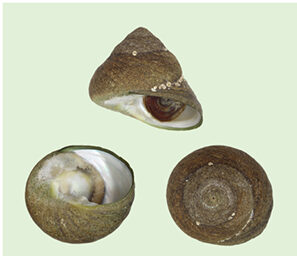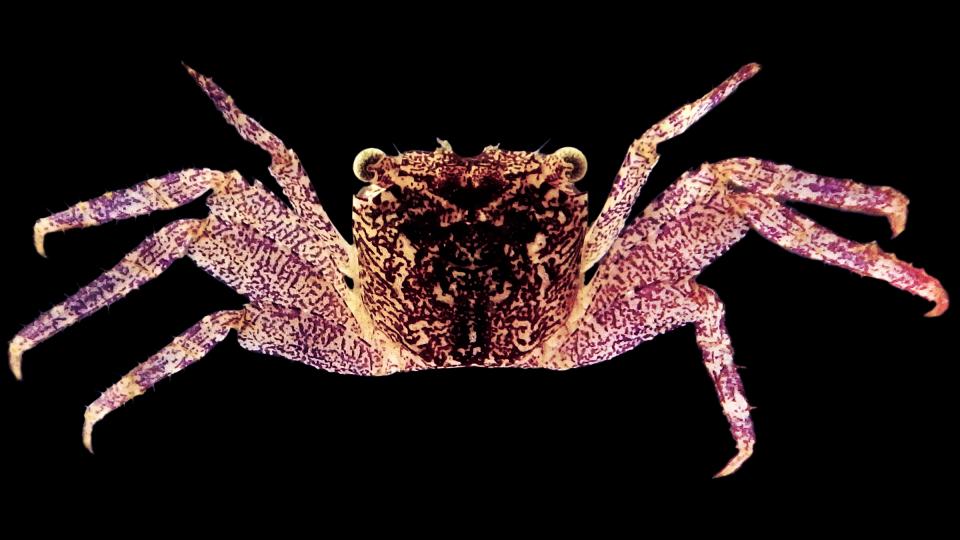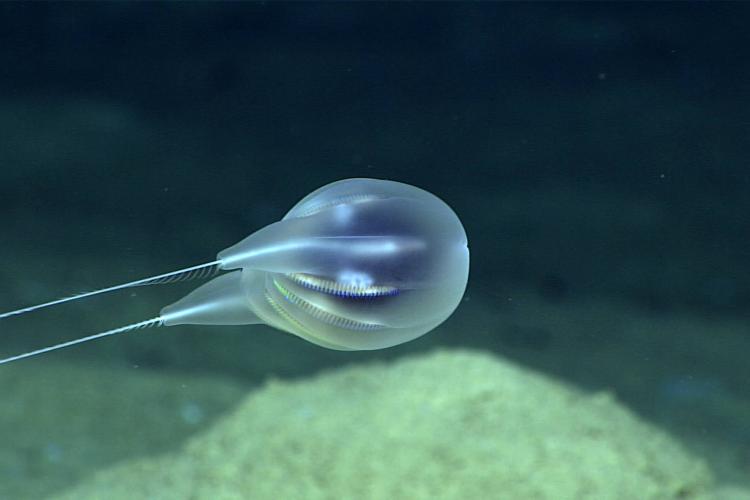While it may seem as though modern science has knowledge of the vast majority of creatures that call our planet home, the reality is much different (and nonetheless intriguing). Each year, scientists continue to discover even more species than we ever knew existed.
However, the fact that these discoveries continue to be documented is relatively unsurprising given that more than 80% of our ocean remains unmapped or unexplored. Over the past 12 months or so, a number of fascinating new marine organisms have been observed. Today, I’m here to walk you through four that I found to be some of the most intriguing. Let’s dive in!
A sea jelly that mimics a hot air balloon
During an expedition in the waters of Puerto Rico, a research team for the National Oceanic and Atmospheric Administration (NOAA) came upon a stunning deep-sea sight: Duobrachium sparksae, a new species of comb jelly. The scientists aboard the vessel reported the specimen as unique based on several factors, including notably long tentacles that seemed to hover near the seafloor and movement similar to that of a “hot air balloon.” This discovery is also the first in which NOAA scientists used only video footage to discover, report and describe a new species.

A sea snail species hiding in plain sight … as another sea snail species
In December, researchers from Tohoku University and Okayama University studying marine snails happened upon a brand new species: Tegula kusairo. Previously, the edible marine snail species was thought to only include one species, known as Tegula xanthostigma, but differences in both genetics and habitat use drew scientists to conclude that the previously-assumed single species contained two variations of snail, each worthy of recognition as their own species.

A purple and yellow tree-spider crab
In the lush mangroves of Kerala, India, a brand new species of tree-spider crab was observed by researchers at the University of Kerala. The species, named Leptarma biju, has a uniquely “squarish” outer shell (known as a carapace) with notably vibrant purple and yellow coloration. It also displays several distinctive features, such as the size of its legs, the structure of its reproductive organs and unique anatomical setup of the eyes, among others. While there are many of these tree crab species sprinkled throughout ecosystems in Asia, this species is the first of its genus to be discovered in India.
A giant creature that looks just like silly string
While the photo above may look at first glance much like someone threw a massive amount of silly string into the sea, it depicts a mind-blowingly distinct creature: Apolemia, a species of siphonophore. According to the Schmidt Ocean Institute, this creature may be the longest observed on Earth to date. As reported in USA Today, Rebecca Helm of the University of North Carolina at Asheville explained that the photo depicts the creature engaged in an unbelievably intriguing hunting strategy: it’s searching for prey in a “galaxy-like spiral.” One of the wildest parts? Given the size of the creature and the intensely frigid temperatures of the deep sea, this siphonophore could be tens of years old … or hundreds, for all we know.
Which of these wild discoveries was your favorite? Whether it’s the enormous stringy siphonophore or the colorful crustacean, it’s important to remember that all of these new species need protecting. Just like the creatures we are more familiar with, such as the blue whale or tiger shark, these newly-discovered wildlife species need our protection and advocacy just as much. Here at Ocean Conservancy, we’re working every day to advance science-based solutions for our ocean, the communities that depend on it and all of the precious wildlife that call it home. Donate today and help us ensure these animals thrive for years to come.
© Oceana conservancy

